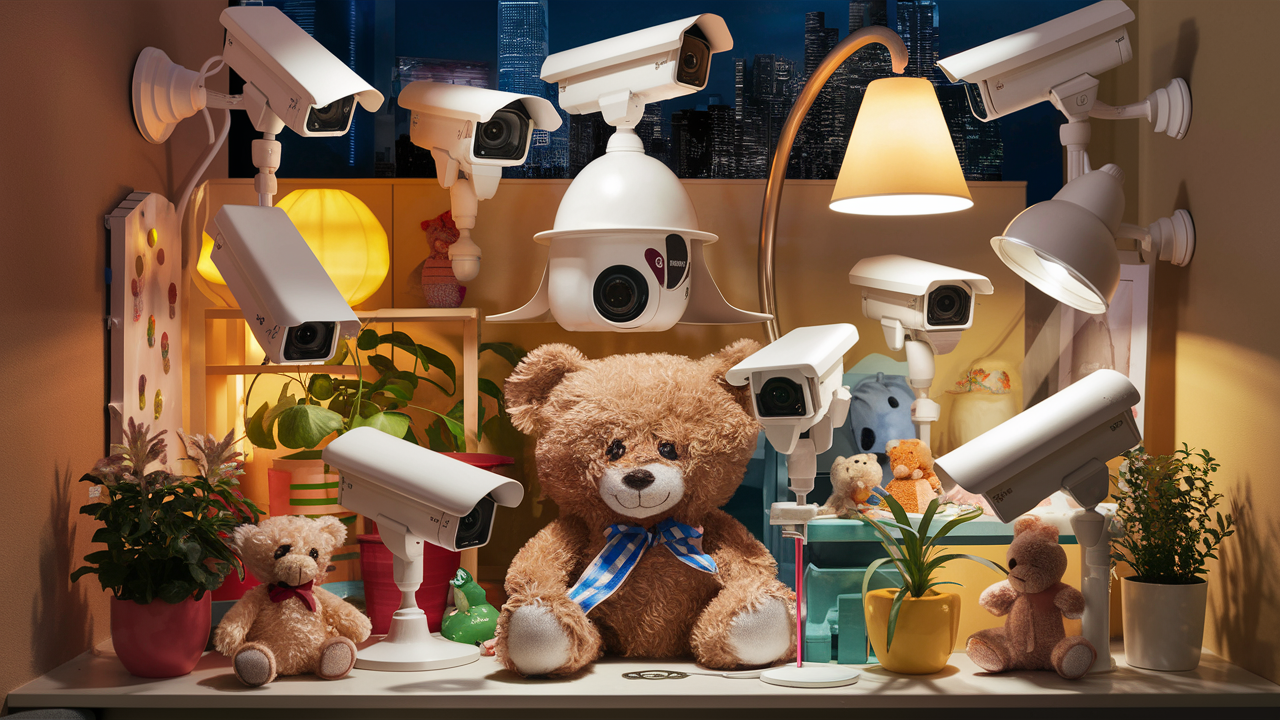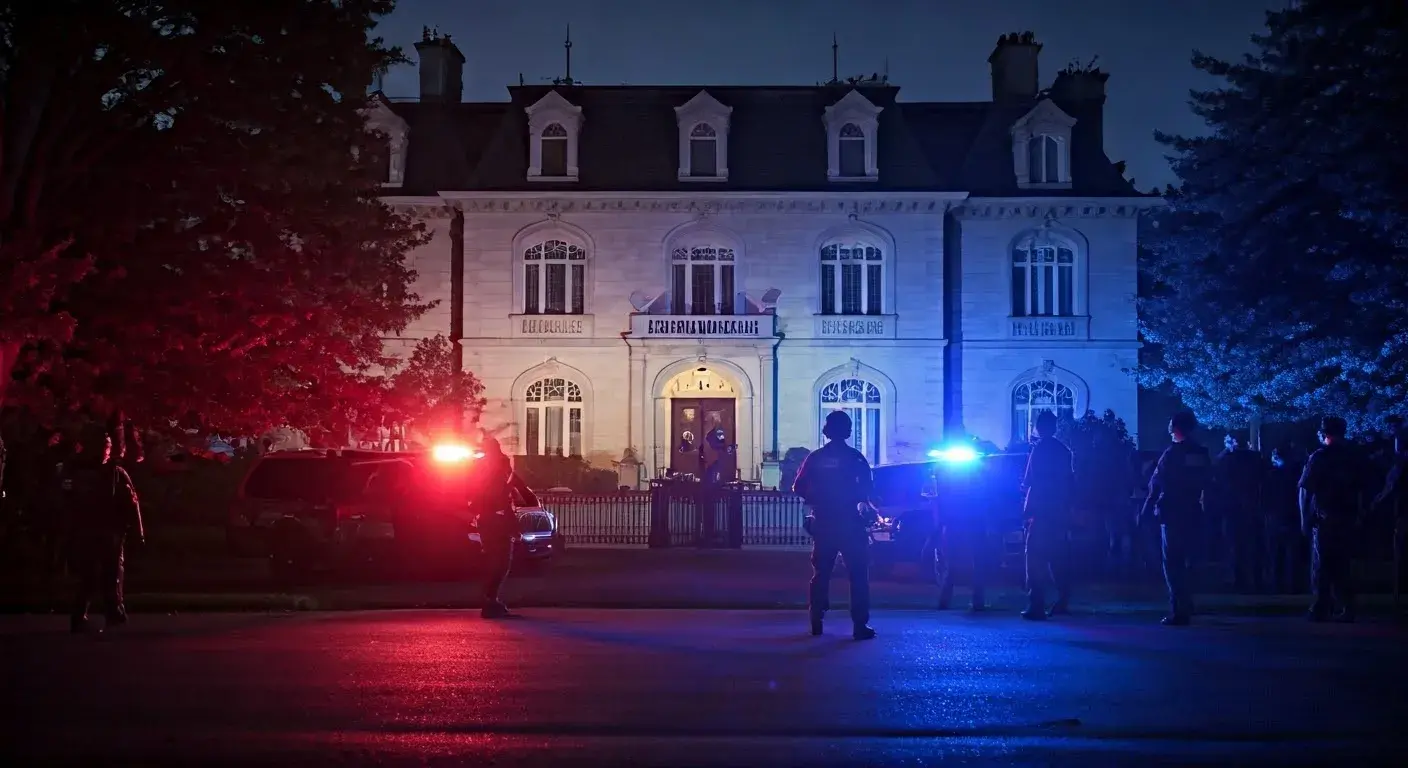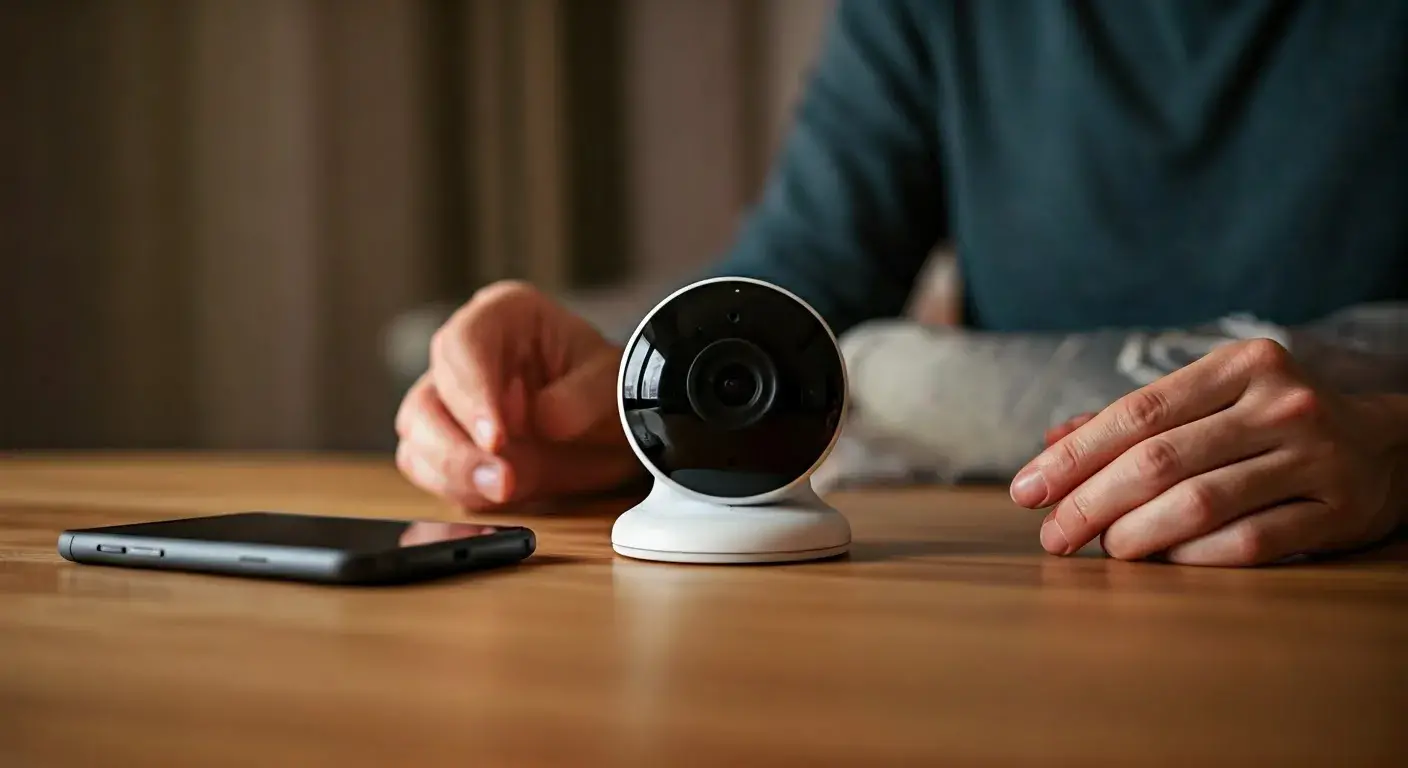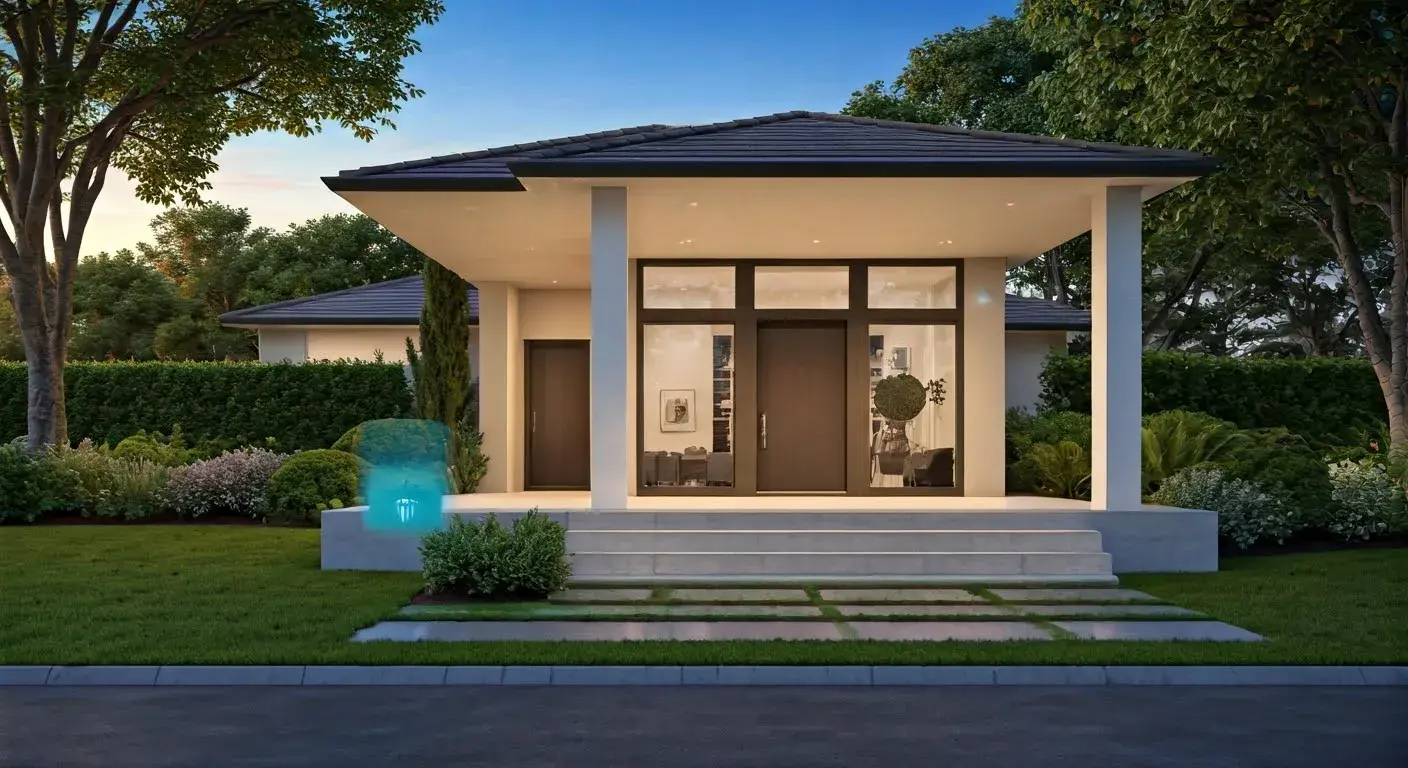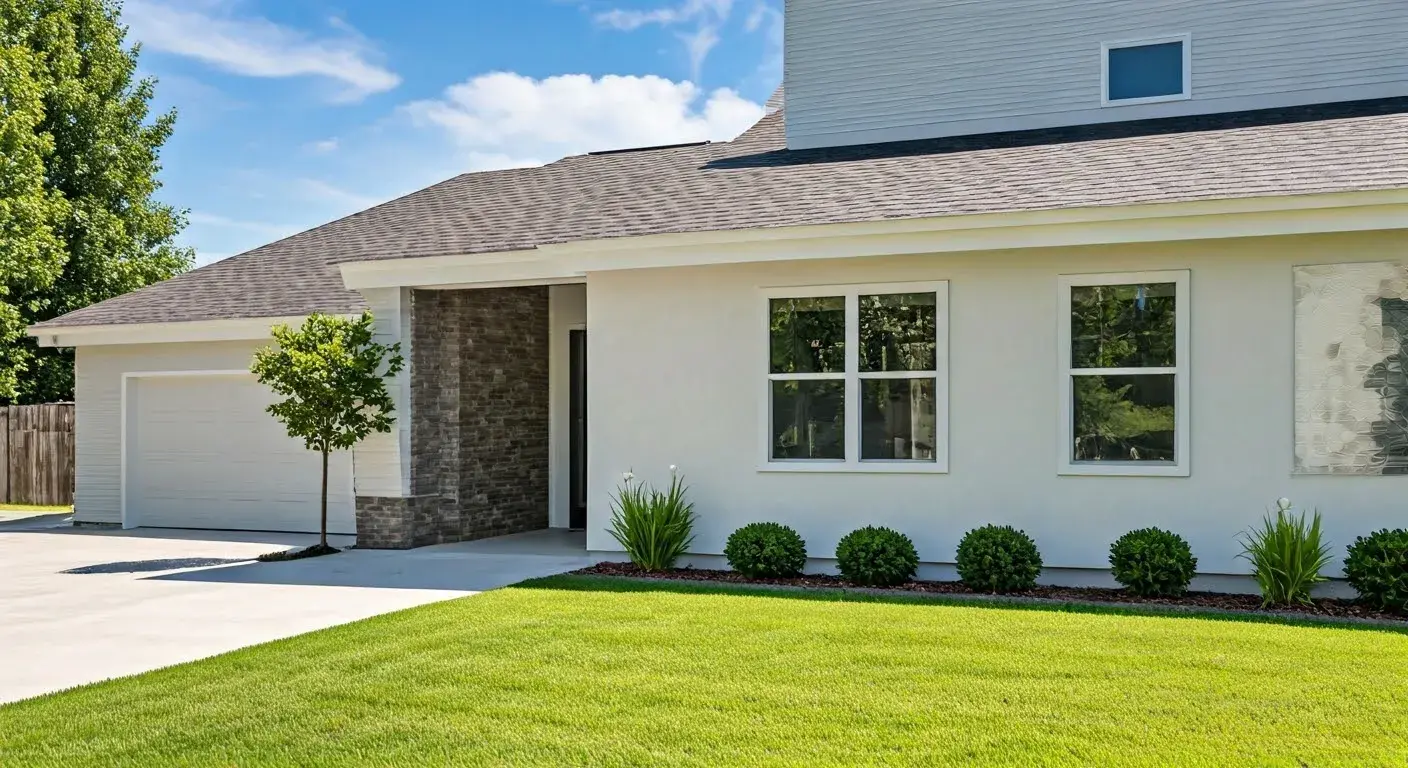Once upon a time, putting up a home surveillance system was a costly process that could only be done with the help of professionals. But with the recent technological innovation, Do It Yourself home surveillance cameras have significantly become cheaper and easier to install by any homeowner. It is now totally possible to set up your system without having to spend a lot of money.
Do-it-yourself Home Security System refers to a system where one can monitor his or her home on a 24/7 basis without the need to hire services from a home security company every month. But nowadays, affordable DIY cameras have come a long way in terms of quality and functionality as well as professional systems. Below, we shall briefly go through some basics of what you need to think of when putting in place your system.
Determine Your Needs To prevent being enticed by the products being offered, it is essential to have a clear mind and focus on what is being bought. Are you planning to scare burglars? Are you a frequent business traveler and need to check on pets, children, or elderly sick relatives? One question might be: Are you a resident of a high crime rate zone? Do you have particular zones, indoors or outdoors, that you would prefer to pay special attention to? Explain what you want to achieve so that you purchase the appropriate tools.
Indoor vs. Outdoor Cameras
Outdoor cameras are exposed to extreme temperatures and rain while indoor cameras do not face the same conditions. If you are going to install cameras outside then ensure you acquire equipment that is not affected by extreme weather. You will also want to look for models that are capable of providing night vision to monitor outside areas at night.
Wired vs Wireless Cameras
Wired systems use cables that are directly connected to a recorder while wireless systems use a transmitter that sends the data to a receiver. Wireless security cameras are less complicated to install but wired security cameras offer a more secure connection. Another common practice comprises the use of a hybrid system that includes wired and wireless cameras.
Power Source
Some wireless cameras are operated by batteries while others are wired directly into your home’s electrical system is the most reliable power source. However, this does require the laying of electrical wires when installing the equipment. The devices can also directly power outdoor cameras with constant sunlight exposure.
Video Storage and Remote Access
Most of the systems today use cloud storage and services for storing and accessing surveillance footage. This means that videos are recorded on web-based servers, and the content is viewed on mobile devices and personal computers based on the internet connection. Scale your cloud storage according to how deep you want your transcription recording history to go.
Camera Types Dome cameras.
They are vandal-proof and can be mounted on a ceiling for concealed security indoors. Bullet cameras: weather resistant for use outdoors; can be easily installed PTZ cameras: pan, tilt, and zoom operations performed from a distance offer coverage of greater areas.
Placement Locations Place cameras over access points such as doors, gates, driveways, intersections, and fence lines. Place them high over large open spaces such as the common living area and corridors on the inside. Keep your cameras outside and direct them towards yards, patios, garages, and walkways that are around your house.
DIY Installation Tips and surveillance systems are designed for easy self-installation
Choose locations where power does not have to be wired separately for the connection of the cameras. In the case of outdoor cameras, if the cameras are installed away from any source of electricity, the use of solar panels or battery packs is recommended.
When using wired cameras bore holes through the walls and ceilings to pass cables from the camera to the recorder. Do not run cables on floors for a neater appearance.
When installing security cameras ensure that you get holders, brackets, and stands that fit the specific camera type and the location where it is going to be installed. Outdoor mounts should be weather-resistant.
Position cameras at appropriate angles to observe targeted regions while also avoiding intrusion on neighbors. Modify zoom and camera settings to control the range of visibility.
Install remote access by the manufacturer's smartphone applications for monitoring and footage review.
They include placing noticeable signs such as security system warning stickers and signs to discourage criminals from perpetrating the crime in the first instance.
Although hiring a professional for installation is still the best approach, self-installation security cameras have improved greatly. In this post, we show you how, with the right planning and strategic purchase, you can set up your own affordable and dependable home surveillance system. When done properly, do-it-yourself cameras can provide home and business owners with suitable surveillance and security measures and comfort.
Protect your home today with ADT’s top-rated security solutions!
Call now at +1 877-470-7879 to get a free consultation and find out how you can secure your home with the best in the business. Don’t wait—ensure your peace of mind with ADT!
